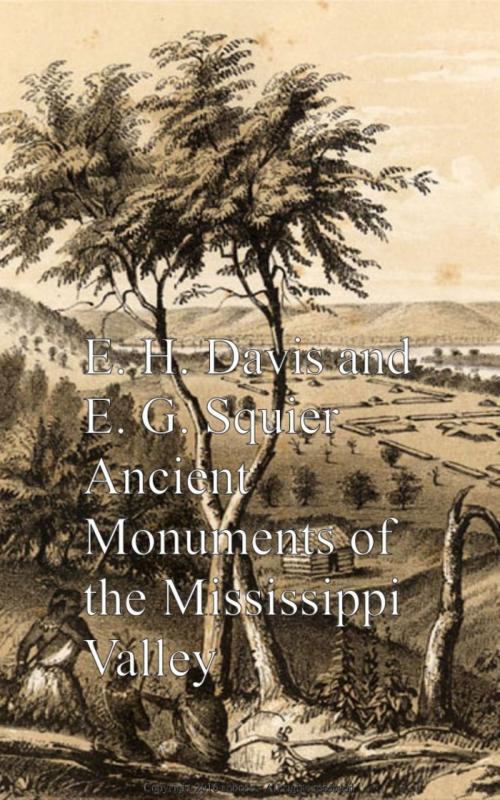| Author: | E. H. Davis, E. G. Squier | ISBN: | 9783736405660 |
| Publisher: | anboco | Publication: | August 9, 2016 |
| Imprint: | Language: | English |
| Author: | E. H. Davis, E. G. Squier |
| ISBN: | 9783736405660 |
| Publisher: | anboco |
| Publication: | August 9, 2016 |
| Imprint: | |
| Language: | English |
The fact of the existence, within the valley of the Mississippi river and its tributaries, of many ancient monuments of human labor and skill, seems to have escaped the notice of the adventurers who first made known to the world the extent and fertility of that vast region. Except some incidental allusions by La Vega, and the Portuguese chronicler of De Soto's unfortunate expedition, to structures bearing some analogy to those of the West, (and which seem to have been occupied, if they were not built, by the Indians of Florida,) we find no mention made of these monuments by any of the earlier explorers. No sooner, however, had trade been opened with the Indians beyond the Alleghanies, and the valley of the Mississippi begun to attract the attention of the rival nations that laid claim to this division of the continent, than the less prominent features of the country became subjects of observation and remark. Then, for the first time, we find these ancient monuments distinctly alluded to. It was not however until some time afterwards, when settlements had been established at various prominent points within the valley, and the tide of emigration began to flow thitherward, that any special attention was directed to them. Carver in 1776, and Hearte and others in 1791, were among the earliest of these observers at the North. Their accounts, however, served scarcely to make known the existence of these remains, and failed to convey any clear idea of their extent or character. But as the country became better known and more densely populated, notices of their existence became more numerous, and some detailed accounts of particular groups were presented to the world, in the form of incidental notices in books of travel and local gazetteers, or in contributions to the pages of periodicals, and to the transactions of learned societies.
The fact of the existence, within the valley of the Mississippi river and its tributaries, of many ancient monuments of human labor and skill, seems to have escaped the notice of the adventurers who first made known to the world the extent and fertility of that vast region. Except some incidental allusions by La Vega, and the Portuguese chronicler of De Soto's unfortunate expedition, to structures bearing some analogy to those of the West, (and which seem to have been occupied, if they were not built, by the Indians of Florida,) we find no mention made of these monuments by any of the earlier explorers. No sooner, however, had trade been opened with the Indians beyond the Alleghanies, and the valley of the Mississippi begun to attract the attention of the rival nations that laid claim to this division of the continent, than the less prominent features of the country became subjects of observation and remark. Then, for the first time, we find these ancient monuments distinctly alluded to. It was not however until some time afterwards, when settlements had been established at various prominent points within the valley, and the tide of emigration began to flow thitherward, that any special attention was directed to them. Carver in 1776, and Hearte and others in 1791, were among the earliest of these observers at the North. Their accounts, however, served scarcely to make known the existence of these remains, and failed to convey any clear idea of their extent or character. But as the country became better known and more densely populated, notices of their existence became more numerous, and some detailed accounts of particular groups were presented to the world, in the form of incidental notices in books of travel and local gazetteers, or in contributions to the pages of periodicals, and to the transactions of learned societies.















